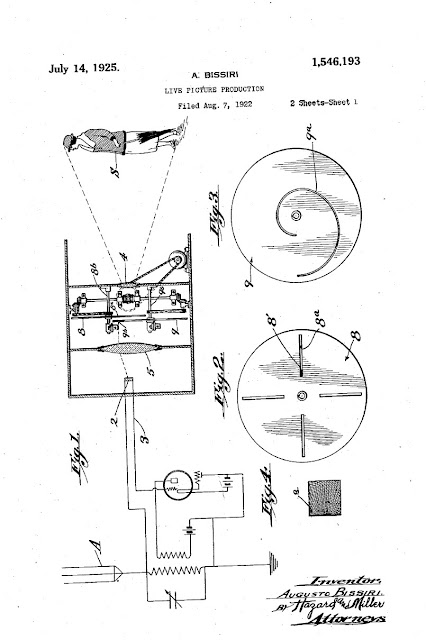Identità architettonica molteplice. La Sardegna vista da Marco Lucchini

L'identità molteplice. Architettura contemporanea in Sardegna dal 1930 al 2008 (Aiasara, 2009; 447 pagine; 50,00 euro) è un libro di Marco Lucchini (architetto, docente di “Progettazione Architettonica” al Politecnico di Milano, innamorato della nostra isola). Il libro contiene una lunga e accurata descrizione degli esempi architettonici isolani, accompagnati da fotografie e grafici (ottimo lavoro anche da parte dell'editore). Cosa emerge? Lucchini lo scrive a pagina 30: «In Sardegna l'identità dell'architettura è fatta di coesistenze e di appartenenze molteplici, per cui caratteri tipo-morfologici e principi insediativi diversi - sovente estranei alla cultura locale - si sono stratificati e sovrapposti. Uno dei fattori di maggiore ricchezza culturale è stata la sovrapposizione di poetiche provenienti da scuole di architettura diverse (Roma, Firenze, Genova, Venezia, Milano) e la loro contaminazione con elementi di permanenza locali, di solito identificati nelle cost...













